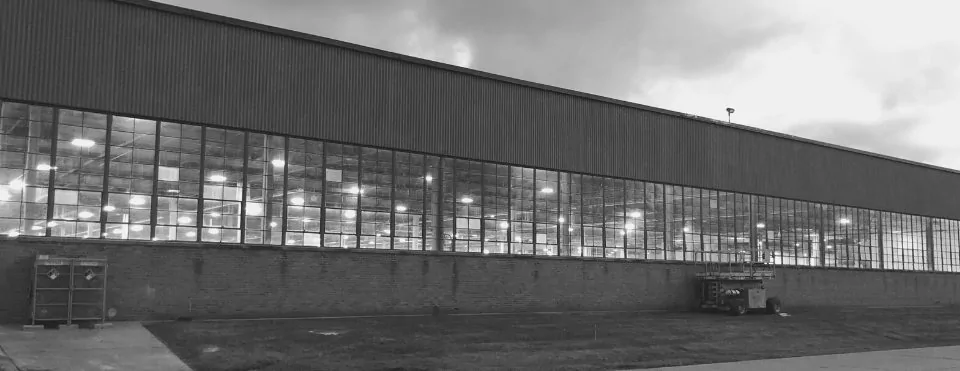LED and Fluorescent Emergency Ballast
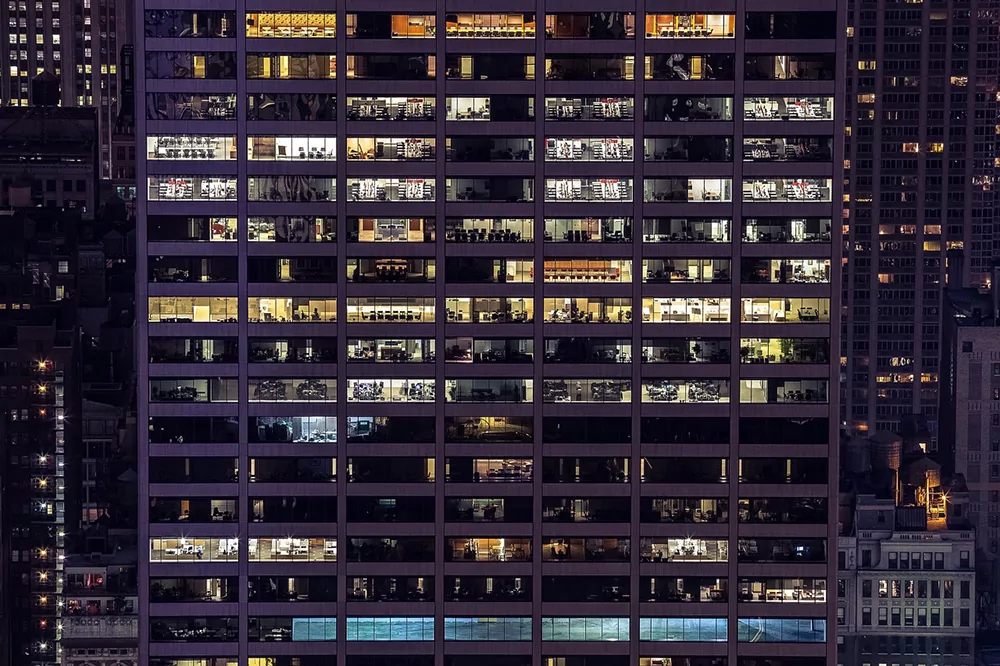
Mar 15 2021
As we continue to replace older lighting to LED, it is important to understand building and life safety code as we retrofit old lights to more modern systems.
Emergency ballasts are one of the most complicated systems to maintain, as well as retrofit to LED. First, let us get some basic terminology down.
Security and Night Lights
Night lights, often called Security Lights, are those that stay on 24 hours per day. They remain on even when you turn a switch off – and typically there is one per large room. This fixture has a separate wiring to it, bypassing the switch. Whether the light switch is controlled by occupancy or a manual switch, the light will stay on as the wiring bypasses the switch for that one light.
Common Issues on night lights with LED conversion: When converting to LED, watch out for these lights. Any fixture based occupancy sensor should be addressed separately from the group. While it can dim when not occupied, it should not turn all the way off unless local code ordinance allows.
Emergency Ballasts and Drivers
Emergency Ballasts are designed to keep lights on during the event of a power outage. Often, these lights are mounted to an exit sign and look like a pair of bug eyes. However, just as common is to find these in a 2×4 light fixture, warehouse high bay, or strip fixture.
EM ballasts are similar to traditional fluorescent ballasts, but they have a battery internal that can allow a certain amount of time that the light can stay on, usually one light in the fixture. These ballasts require their own dedicated wiring (a normal hot switched lead and an unswitched hot lead) as the unswitched lead bypasses any switch. This dedicated wiring charges the battery, but also signals to the ballast when to start providing power from the battery when A/C power fails. If the fixture is wired to a switch and lacks a dedicated unswitched hot lead, this fixture will simply turn on emergency power mode each time you turn the lights off – discharging the battery. As these batteries only have so many charge/discharge cycles (enough to safely leave a building in a power interruption) – they are not designed to be energized each time lights are switched off.
Additionally, battery life is shortened each time a battery is discharged. Typical emergency ballasts might last 5 to 10 years, but much shorter if used frequently at night when lights are turned off. EM ballasts can be tested individually with a button test system, and they will illuminate when pressed if they are working properly.
Common Issues on EM Ballasts and LEDs
Most commonly we find that fixtures might have been originally wired incorrectly, often without the separate unswitched hot lead to the EM ballast. This leads to expensive replacement of the EM ballast, which is being too frequently discharged because the come on each time the light switch is turned off. In this situation, a unswitched hot lead needs to be provided to signal when power is truly cut to a space.
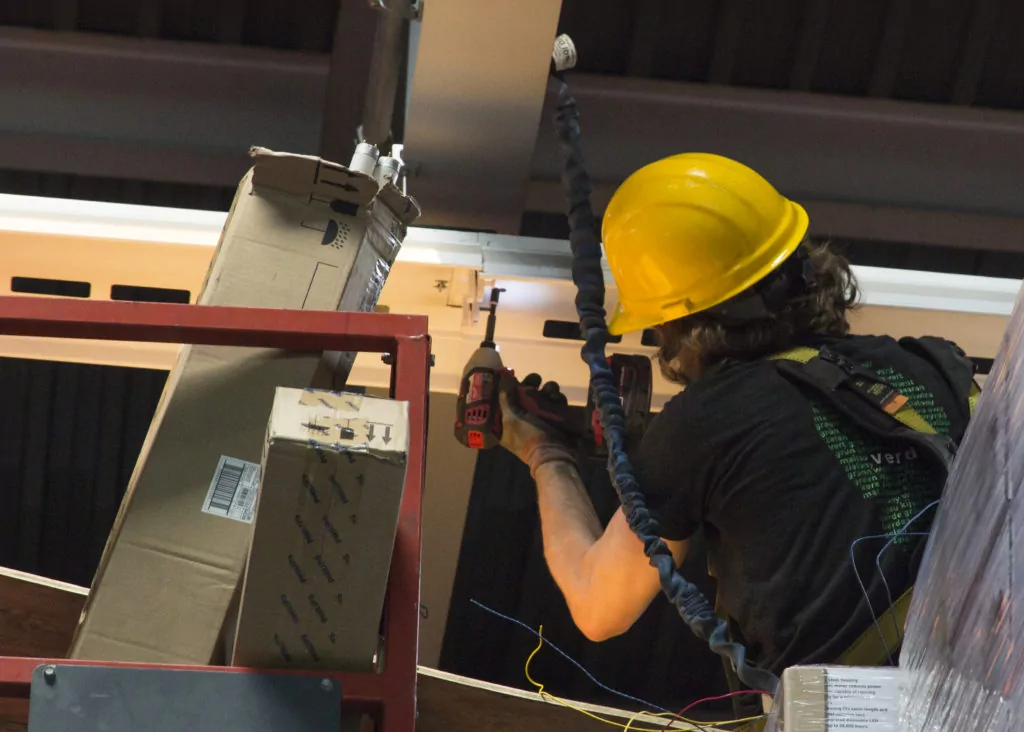
Converting Existing EM Ballasts to LED
There are several approaches that work when converting EM fixtures to LED.
The preferred and easiest approach is to install a new fixture, with an EM ballast or driver. Often, this can provide DC to the LED diodes and power them for a longer period of time in a power interruption. This fixture will need two sources of wires, unless it is wired directly from the breaker and can then be optimized with sensors and control systems.
Type C LED retrofits can also be applied, by replacing the existing ballast with an EM ballast that is compatible with a Type C tube. This approach works well when the existing system is older and in need of replacement.
Type A retrofits are also an option, where the existing EM ballast is still functioning. In this type of retrofit, all ballasts remain and LED tubes replace the existing fluorescent lighting. This has the advantage of being incredibly low cost and minimal labor – but compatibility with existing ballasts and EM ballasts takes careful consideration and sampling.
Unfortunately, if the existing EM ballasts are T12s or HIDS, replacing them is the best course. T8 EM ballasts that have good life can be retrofitted if the existing ballast and battery system has life left in it.
While local utility energy efficiency rebates may be slightly lower due to the complexity of EM ballasts, they typically are found in less than 10% of fixtures and do not measurably change the overall project incentives. While they do add to project costs, we find that a comprehensive replacement will lead to lower overall maintenance costs and avoid unexpected issues during inspections.
Tubular LED Lamps with Integrated Emergency Capabilities
T8 and T5 LED lamps with emergency ballast capabilities are a recent innovation in the lighting industry. In this situation, the lamp has a small battery inside of it, reducing the need for an additional external EM battery. As battery technology has improved, and the efficiency of LED lights has increased – this integration has become possible.
These lamps with integrated emergency functionality offer several advantages over traditional T8 fluorescent lamps, including:
1. Emergency Lighting: These lamps have a built-in battery backup system that allows them to continue operating for a period of time (usually 90 minutes) in the event of a power outage. This makes them ideal for use in areas where safety and security are critical, such as hallways, stairwells, and exits.
2. Energy Efficiency: LED lamps are significantly more energy-efficient than traditional fluorescent lamps. They can use up to 50% less energy, which can lead to significant cost savings over time.
3. Long Lifespan: LED lamps have a lifespan of up to 50,000 hours, which is much longer than the lifespan of traditional fluorescent lamps (10,000-20,000 hours). This means that you will need to replace them less often, saving you money and time.
4. Reduced Maintenance: LED lamps require little to no maintenance. They don’t contain any harmful materials (mercury), so they are safer for the environment.
5. Instant On: LED lamps turn on instantly, unlike traditional fluorescent lamps which require time to warm up.
Here are some specific details about these new T8/T5 LED lamps:
- Wattage: Typically available in 15-18 watts, consuming less energy than traditional T8 fluorescent lamps (32 watts) and T5 fluorescent (54 watts High Output).
- Brightness: They range from 1,800 to 2,000 lumens, providing sufficient illumination, with higher for T5 HO replacements.
- Color Temperature: Available in various color temperatures, including cool white (5000K) and neutral white (4000K).
- Emergency Mode: Provides a minimum of 90 minutes of illumination at a reduced brightness level (420 lumens) during power outages.
- Ballast Compatibility: Some models offer “ballast bypass” functionality, allowing them to operate directly on line voltage without the need for a ballast.
- Self-Diagnostic Features: Some models have built-in self-diagnostic capabilities that can detect issues with the battery or lamp, ensuring reliable operation.
Here are some popular brands that offer T8 LED lamps with emergency ballast capabilities:
- ThinkLite T8 LED Emergency Tubes
- Aleddra Gen3 Emergency T8 (For Always-On Applications)
- TCP Lighting LED UltimaT8 Tubes with Emergency Back-up
- Green Creative 4 Ft. T8 Emergency Tube 15W CCT Select Bypass 120-277V
Please note that this is not an exhaustive list of brands or resources. There are many other manufacturers and retailers that offer these types of lamps. Verde has not used any of these products at this time, as we continue to use external emergency battery systems aligned with our typical type C retrofit. However, this is a very exciting development and we expect it to become mainstream in the near future.
Emergency Ballast Common Errors
The most common error that we see in our work is that emergency battery systems are wired incorrectly. In one common area office building, the lamps were being turned off each night in the hallway. As the lights were wired incorrectly, with the EM wired to the main light switch instead of dedicated to the breaker, they would activate each night. The cleaning crew thought this was normal, but after a year of being discharged each night, they would fail. And, if the emergency functionality had ever been needed in the morning, it likely would not have had enough time to charge to allow everyone the time needed to safely leave the building.
Another common challenge is when emergency lights have failed so long ago, that no one knows they exist. This leads to a retrofit without identifying the need for emergency lights integrated into the fixture. The new retrofit or fixture lacks the emergency functionality, only found during the next inspection by the local authority. This can be expensive to add back, often leading to higher costs than if identified initially.
Integrating an EM into Fixtures with Light Sensors
New lighting fixtures can have daylight harvesting and networked control systems, meaning that they turn on and off or dim based on occupancy and available daylight. This can be an exciting new way to integrate EM lighting, as you can have a single wiring to a fixture that is not switched, only turning on and off based on occupancy. In this case, if a dedicated line is not available to the fixture. So this can be a way to add Emergency Lighting when the dedicated wiring is not available.
The Importance of Emergency Lighting in Commercial Spaces
In any commercial space, the safety of occupants and visitors is paramount, so this is a reminder of why emergency lighting is important, before or after an LED upgrade. Emergency lighting provides illumination in the event of a power outage, fire, or other emergency, ensuring people can evacuate the building safely and quickly.
Here are some of the key reasons why emergency lighting is so important in commercial spaces:
1. Safety and Evacuation:
- Prevents panic and confusion: Emergency lighting illuminates exit signs and escape routes, guiding people to safety, even in the dark. This minimizes panic and confusion, preventing accidents and injuries during an emergency.
- Ensures smooth evacuation: Adequate lighting allows people to see clearly and navigate the building efficiently, leading to a faster and more orderly evacuation. Congestion and bottlenecks are minimized, further enhancing safety.
2. Legal Compliance:
- Building codes: Most countries and states have building codes that mandate the installation of emergency lighting in commercial spaces. These codes specify the minimum standards for lighting levels, placement of fixtures, and backup power systems.
- Compliance ensures safety: By complying with building codes, businesses ensure they are meeting the minimum safety standards and providing a safe environment for their employees and visitors.
3. Business Continuity:
- Minimizes business disruptions: Power outages and other emergencies can disrupt business operations. Emergency lighting allows businesses to continue operating to a certain extent, minimizing downtime and financial losses.
- Protects property: In the event of a fire, emergency lighting can help firefighters locate the source of the fire quickly and prevent further damage to the building and property.
4. Improved Image and Reputation:
- Demonstrates commitment to safety: By prioritizing emergency lighting, businesses demonstrate their commitment to the safety of their staff and visitors. This can enhance their image and reputation, fostering trust and confidence.
- Attracts and retains talent: Employees are more likely to be satisfied and loyal to companies that prioritize their safety and well-being. Adequate emergency lighting is a visible indicator of this commitment.
Types of Emergency Lighting in Commercial Spaces:
- Exit signs: These illuminated signs clearly mark the location of emergency exits, guiding people towards safety.
- Emergency luminaires: These battery-powered lights provide general illumination in key areas such as hallways, stairwells, and lobbies.
- Escape route lighting: This type of lighting illuminates the path of travel from any point in the building to the nearest exit.
- Anti-panic lighting: This type of lighting prevents panic and confusion by providing a low level of illumination throughout the building during an emergency.
Conclusion:
In conclusion, emergency lighting is essential for ensuring the safety of people in commercial spaces. It plays a critical role in facilitating safe evacuation, minimizing injuries, and protecting property. By prioritizing emergency lighting, businesses can comply with safety regulations, improve their image and reputation, and create a safer and more secure environment for everyone.
If your business, library of other public space struggles to get this right – get a free energy efficiency assessment focused on EM lighting to learn more, or call us at (773) 413-9587.
Featured Posts
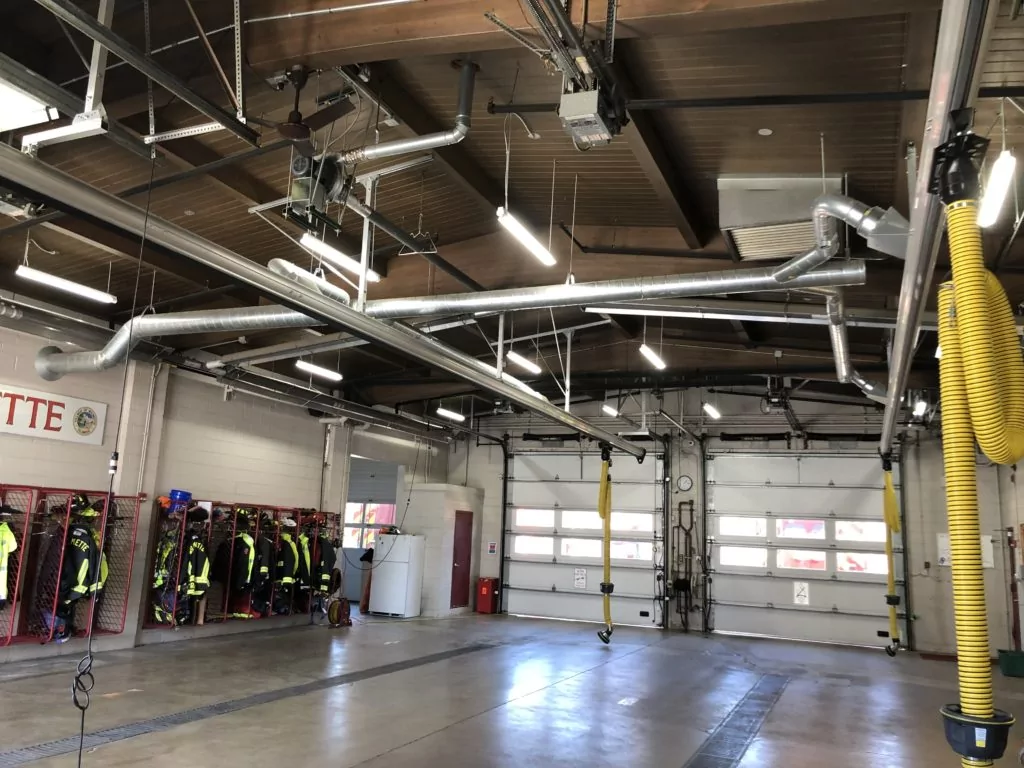
Mar 15 2021
Energy Savings Formula
In 2002, I became a firefighter in the north suburbs of Chicago. I was young and idealistic - loving almost every part of the job. However, I had another secret passion - sustainability. In addition…
Continue Reading >

May 02 2019
Verde Energy Efficiency Experts 10 Most Sustainable Companies in Chicago
In our energy efficiency consulting firm, we constantly look for inspiration from local companies that lead and innovate in clean energy and sustainability. Not all companies have billion dollar budgets, but that doesn’t mean that…
Continue Reading >
Related Articles

May 30 2024
Energy Efficiency Lighting Systems in Hotels
Lower Energy Cost Hospitality with LED Lighting Systems In today's environmentally conscious world, hotels are increasingly looking for ways to reduce their impact. Energy-efficient lighting systems are a powerful tool in this effort, offering a…
Continue Reading >
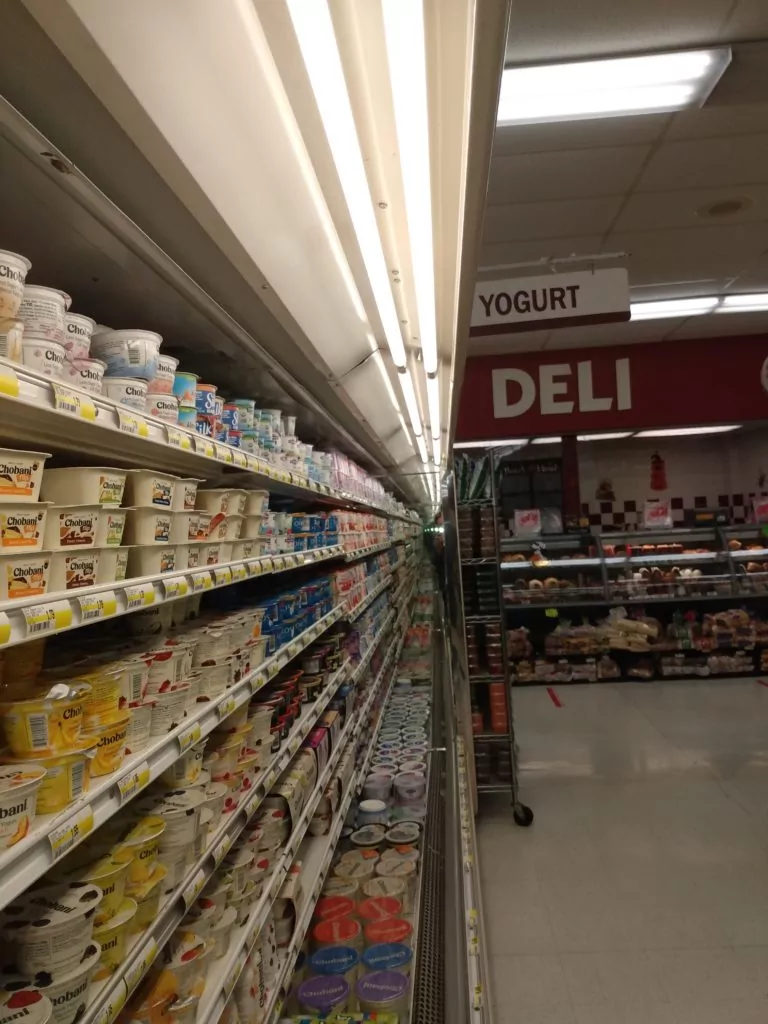
Aug 29 2023
The Importance of Converting to LED Display Case Lighting
Light emitting diode (LED) lighting is quickly becoming the standard for display case lighting. This is due to a number of advantages that LED lights have over traditional lighting technologies, such as incandescent and fluorescent…

